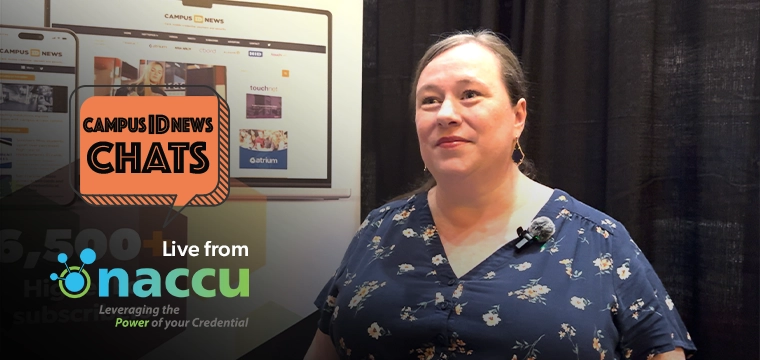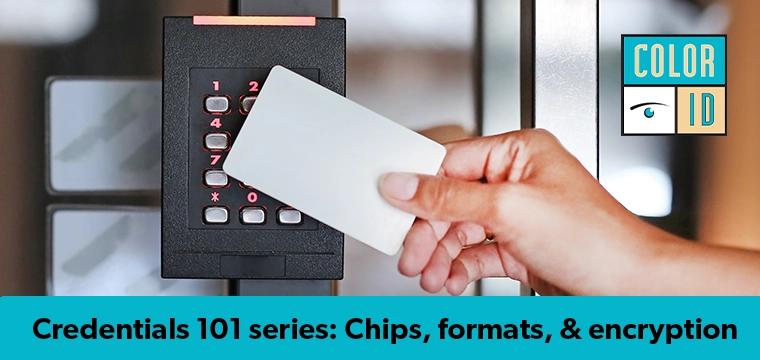
Card data can refine services and identify at-risk students, but privacy concerns abound
“Software can act on indications of disengagement directly with a student without revealing the underlying conditions that triggered the risk,” Pittinsky says. “Risk indicators could also be based on multiple measures, such that the indicator does not directly reveal the underlying behavior.”
As an example, a data analytics package could notify a counselor of a potentially at-risk person based on a behavioral pattern setup by the campus. The counselor need not know any confidential details about the behavior or the indicators that triggered the flag. He simply needs to know to reach out and offer assistance should the student be in need.
Still most agree that software alone cannot fully realize the potential of card system data. For all the value that quantitative analysis provides, qualitative interpretation will be a key component as well. Software often has trouble reading between the lines.
The use of data to identify at risk students will differ from campus to campus and it is important to clearly set guidelines for its use and access, says Heartland’s Emery. “Data collected electronically from a card system is not unlike data collected in other areas of a campus.”
Faculty use manual attendance records to determine a student’s grade; residence life checks on students that have not been seen at the dorm in a week; and libraries, parking and other campus entities contact students when behaviors or timelines are out-of-norm.
Each campus should investigate what they feel best meets their interpretation of policy and permitted privacy laws for their institution, explains Emery. “We use recorded grades to identify students at risk academically – it is happening now under campus guidelines, and it’s similar to campus card data uses.”
An analogy can be made to the use of fraud protection procedures with bank credit and debit cards. “You may get a call from your bank if your card is used in an atypical location,” explains Emery. “In a similar way, campuses don’t need to delve too specifically into data to get the base information for identifying at-risk students.”
“I see campuses restricting access to data used for identifying at-risk students to approved administrators – perhaps within student life – that have the training to utilize the data properly,” says Emery.
Though the mining of card system data for student engagement and safety is only just emerging, it has been widely used to refine a plethora of campus business processes and services.
CBORD’s Bartholomew explains that campuses have been leveraging card system data for food-service specific decision-making for many years. “An example of this would be the use of board participation data to tweak meal plan offerings to student preferences,” he says.
[pullquote]Campuses can leverage card system data to target more popular food options, expand heavily trafficked dining locations, or focus on high-attendance events.[/pullquote]
What is new, though, is the concept of combining card system data with data from other systems to help with decision-making, says Bartholomew.
“Attendance, meal usage, venue usage, program use, location tracking, spending habits, and general movement habits are just some of the data points that can be gathered by a card system,” Bartholomew explains. “Campuses can leverage this data to better serve their student population by offering the more popular food options, expanding heavily trafficked dining locations or focusing on high-attendance events.”
Considering the plethora of possible data points that card systems accrue, it’s easy to see how processes and services can be refined. Transactions alone offer a great deal of perspective on cardholder trends.
Mining this data for transaction volumes can help an institution better distribute vending machines, and analyzing access times can help identify peak usage points at rec centers and other locations to better allocate staff and facilities. Dining halls can also adjust meal preparation based on average student purchases per period of time, wasting less food and providing fresher options.
As technology has improved and databases have become more open it has facilitated more effective data analysis, says Heartland’s Emery. “It is now much easier to connect third-party report generators or business intelligence systems into the campus card ecosystem,” he adds. “Years ago data was more numbers in columns, but today it’s much easier to view data visually in graphs and charts and tie data together from multiple systems through APIs and open platforms.”
Institutions are able to use this card system data along with other biographical information – such as student class, major, various groupings assigned, residence hall and more – to further interpret data and tailor programs to individual needs, says Emery.




